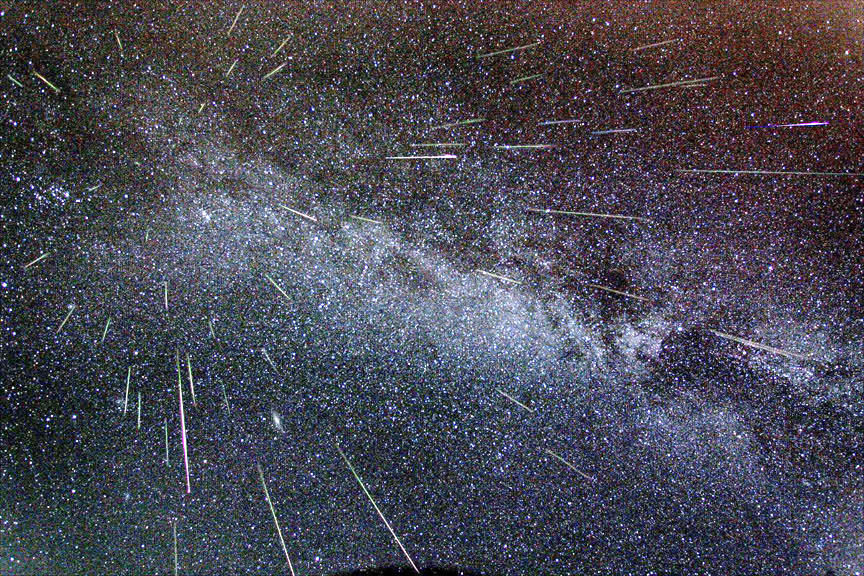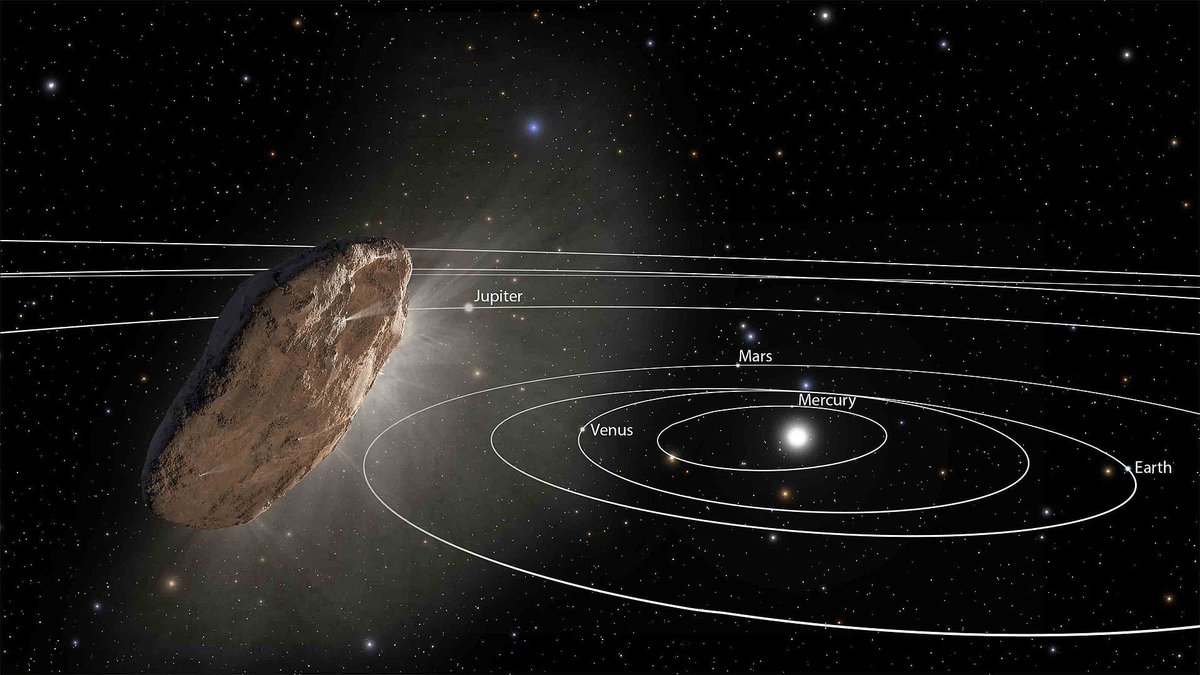When ‘Oumuamua was first detected on October 19th, 2017, astronomers were understandably confused about the nature of this strange object. Initially thought to be an interstellar comet, it was then designated as an interstellar asteroid. But when it picked up velocity as it departed our Solar System (a very comet-like thing to do), scientists could only scratch their heads and wonder.
After much consideration, Shmuel Bialy and Professor Abraham Loeb of the Harvard-Smithsonian Center for Astrophysics (CfA) proposed that ‘Oumuamua could in fact be an artificial object (possibly an alien probe). In a more recent study, Amir Siraj and Prof. Loeb identified another (and much smaller) potential interstellar object, which they claim could be regularly colliding with Earth.
Continue reading “Astronomers Think a Meteor Came from Outside the Solar System”

